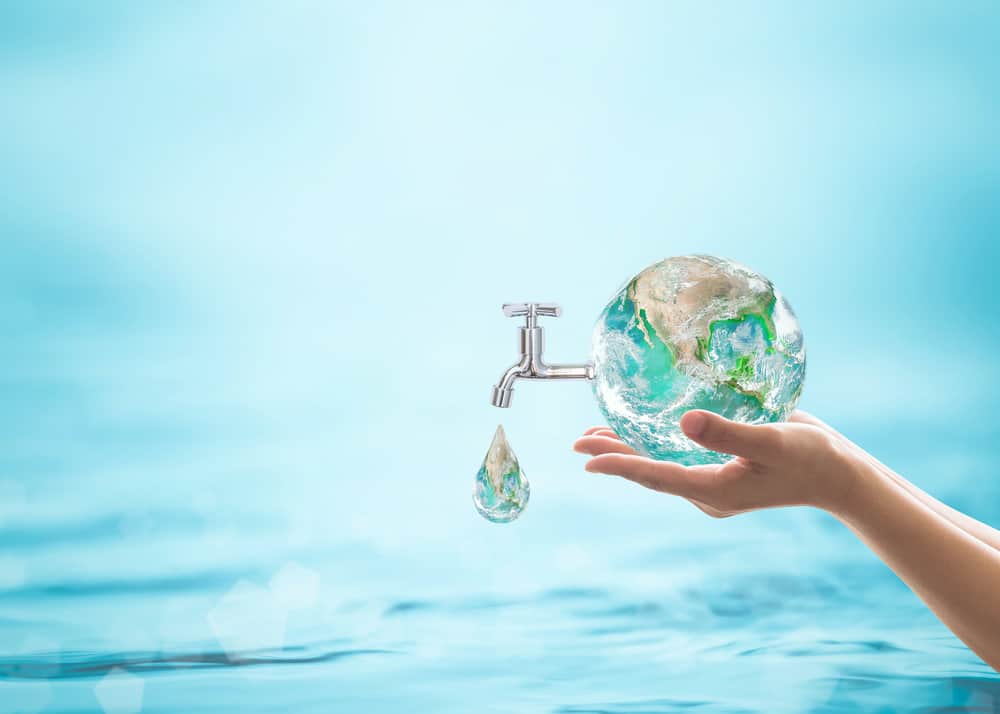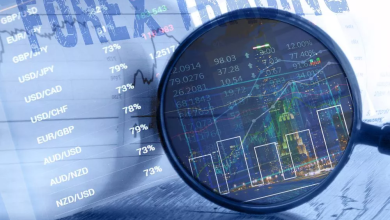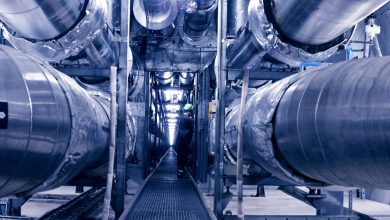
Water scarcity, exacerbated by the climate crisis, is likely to become one of the major issues facing the Earth over the next few decades. Already two billion people are in water-stressed reasons, with the number likely to rise over the coming years due to increased population. While on the face of it, it might seem like quite a scary point to consider, there are many new technologies and innovations within the industry that will hopefully be able to meet these challenges. Read on now for five fascinating new innovations.
Increased Digitalization
It’s likely that digitalization will have a huge role to play in the upcoming innovations in the water industry. Whether it’s cloud-powered management systems for suppliers, smart meters allowing you to check water supply, or AI that can control processes by itself, digitalization is likely to rise in importance in the future, impacting every aspect of the water industry.
More Competition in the Private Sector
De-regulation has opened up an exciting new field in the water supply industry, meaning that it’s easier than ever to shop around and find a better deal for yourself. This is something that a lot of people might not know: Utility Bidder has a great primer explaining how it’s one of the water industry secrets that businesses should know about.
Rainwater Harvesting
As people look for more sustainable ways to collect fresh water in the future, rainwater harvesting provides a great way of collecting water as it falls on the ground. A rainwater harvesting tank can filter and store 6,500 litres of clean water, potentially making it a lifesaver in areas with heavy rainfall but poor water quality. It’s estimated that by implementing this technology, you can save up to 40% in water consumption in your house, which will also save you a whole lot of money in the long run.
Recycling Wastewater
Wastewater is not fit for consumption. That is, until it is recycled and reused. Most countries have a form of water recycling at one point or another, with Singapore leading the way — before that, it had to import most of its water, but now over half of all water used in Singapore has already been recycled, providing a model for how countries without any access to fresh water can obtain potable and usable water without having to rely on other countries. This might be something that more countries choose to do in the future.
Desalination Plants
Most of the world’s water is in the oceans. The only problem: it’s completely undrinkable. Now more and more countries, from the USA and Saudi Arabia, are innovating with desalination plants that can take salt water, remove the salt and convert it into drinkable water.
The reason this wasn’t used so much in the past is due to the amount of money it costs to set up these plants. Now with increased urgency with regards to clean water, it’s likely that these plants will become a future fixture in the clean water industry.




